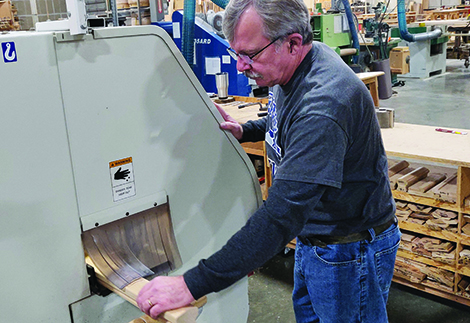Social Security fraud fight goes online
The Social Security Administration has launched an online form for the public to report Social Security-related telephone scams.
In the past year, fraudulent callers tricking victims into making cash or gift-card payments to avoid arrest for purported Social Security problems have become the most frequent type of fraud reported to the Federal Trade Commission and Social Security officials.
The new reporting form at https://oig.ssa.gov will capture data that officials will use to find any trends and leads for investigators in an effort to identify scammers, curtail the fraud attempts and reduce the number of victims, officials said.
“Awareness is our best hope to thwart the scammers,†said Gail Ennis, the SSA’s inspector general. “Tell your friends and family about them and report them to us when you receive them, but most importantly, just hang up and ignore the calls.â€
Ennis said scams are also attempted via e-mail, texting and in-person. Social Security employees do occasionally contact people–generally those who have ongoing business with the agency–by telephone for business purposes. However, employees will never threaten a person, or promise a Social Security benefit approval or increase in exchange for information or money, she advised.
Generally, the agency mainly calls people who have recently applied for a Social Security benefit, someone who is already receiving payments and requires an update to their record, or a person who has requested a phone call from the agency. If a person is not in one of these situations, they normally would not receive a call from the agency.

